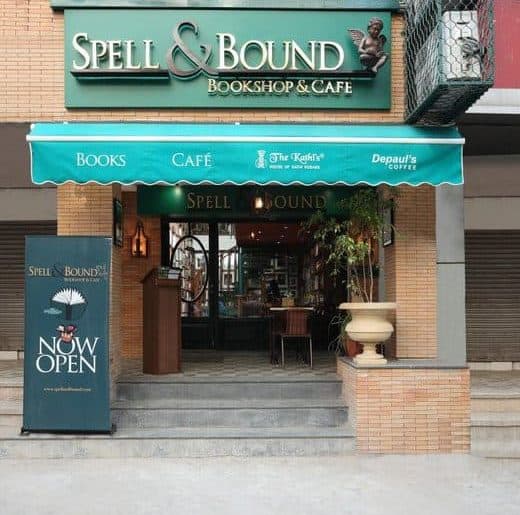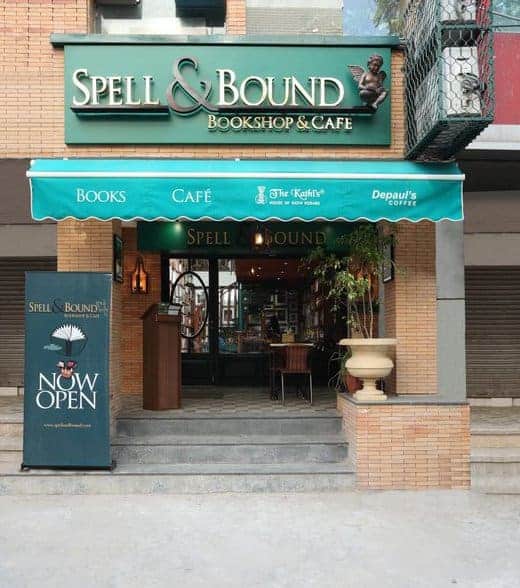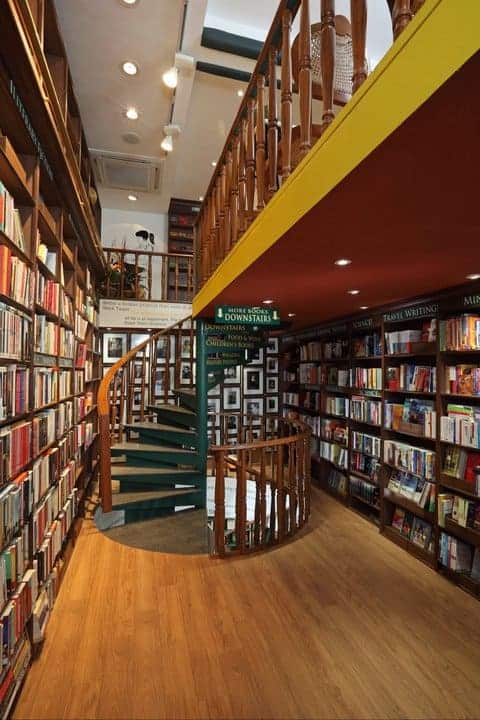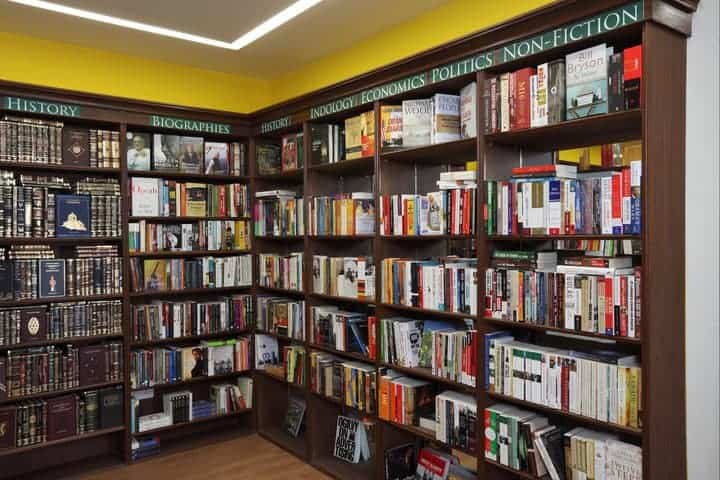Reading has always been an intrinsic part of being me. Over the years I have read a great number of books. At the tender age of ten I accidentally found myself reading Harry Potter and the Philosopher’s Stone. The other three quickly followed and I was secretly delighted that I was not yet eleven, harbouring dreams of a Hogwarts letter. Well, I didn’t kill myself.
The epitome of fantasy, in my opinion, is the Lord of the Rings. The Narnia series and Dragonheart were other impressive books. I was mesmerized by fantastical creatures like elves, dwarves, dragons, vampires….
Some years ago, I chanced upon Eragon and eagerly picked it up. I would be lying if I said that I did not enjoy the book; it almost got me a fail in my French second term. The idea of a Dragon Rider, a human and a dragon sharing such an intimate bond was fascinating. The book had it’s inconsistencies but I was too young; or maybe on second though, Paolini was. Eldest released in 2005 and burned a hole in my pocket, not that I was complaining, not yet. The book was quite appalling, to put it cleanly. The characters lacked depth, the author lacked good writing skills, there were glaring inconsistencies and being a Tolkien loyalist, the originality and imagination were conspicuous only by their absence. I could write several volumes about the lack of character development but it should suffice to say that Saphira’s character reminded me more of a plain old, nagging aunt rather than a fire- breathing, glorious dragon. Brisingr, the third installment of the Inheritance Cycle had little redeeming value. Every little discrepancy was answered by a sneaky, “It’s magic.” I mean really, it’s not like the readers are daft. Concepts such as that of elvish magic– eldunari left a lot to be desired. I am in no hurry to read the final book.
Last year, I eagerly awaited Twilight, touted to be an electrifying teenage vampire romance. I read the book and went on to read the entire Twilight Saga, as it is so unnecessarily called. I say unnecessary because I feel that Twilight did not deserve a sequel. There was no story to take forward. Seldom have I come across a book with such a forced continuation. Girl gets gorgeous boy, they are in love, end of story. Stephanie Meyer is at best a mediocre writer. I criticized Paolini before but one must acknowledge that atleast he tried. Meyer is annoyingly unapologetic about her below par story telling. For me, Twilight was the best book in the series. Relatively that is. The ones which followed abandoned all pretense of plot and logic. I’d like to see Meyer elucidate on the conception of a baby vampire. She has herself said that when a person turns into a vampire, he or she is frozen in that state. A vampire does not grow, their hair, nails do not grow. Vampires can not have children because their biological clocks are busted. Yet, Bella and Edward give us Renesme, a living, breathing half- vampire child. Maybe Edward Cullen besides being a gorgeous Adonis can also continue to produce sperm when the rest of the ‘damned’ suffer from vampire faults.
What irks me is not that it is a ridiculous book, correction: saga; it is the fact that it has achieved cult status, the kind that eludes many great books. It is heart- wrenching to see teenage girls swooning over Edward God Cullen, unmindful of the ridiculous lack of realism. Bella Swan is a shy, clumsy girl, who is a complete pushover because she cannot resist the gorgeous face. There are only so many times you can say the word “glorious” to describe a man. We get it, he’s beautiful; now get on with the story, please. Honestly, if Meyer dwelt on the superficiality and physical aspect of Edward Cullen a little less, the book would have much more depth. A great example-
His angel’s face was only a few inches from mine. I might have — should have — flinched away from his unexpected closeness, but I was unable to move. His golden eyes mesmerized me. “What are you afraid of, then?” he whispered intently. But I couldn’t answer. As I had just that once before, I smelled his cool breath in my face. Sweet, delicious, the scent made my mouth water. It was unlike anything else. Instinctively, unthinkingly, I leaned closer, inhaling.
I realize that he is fictional character and it is a fantasy novel, but that precisely is the thorn in my flesh. Harry Potter is a character from a fantasy novel. He exemplifies suffering, courage and bravery. The Twilight saga is unjustly compared to the Harry Potter books. The fault is that while the Harry Potter series embody love, triumph over evil and brilliant writing; Twilight dumps on us a mixture of infatuation and stupidity which gives young girls absurd expectations, and the flat, insipid writing style only adds insult to injury.
It kills me that such trash enjoys such immense popularity. It is wrong on so many accounts. I sincerely wish that readers realize the garbage that they are being fed and read something worthwhile. Literature isn’t extinct yet.

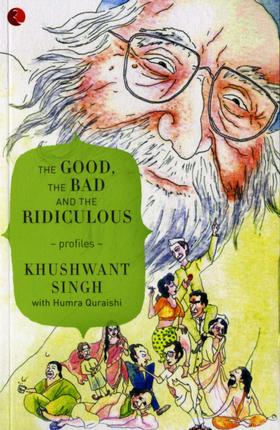


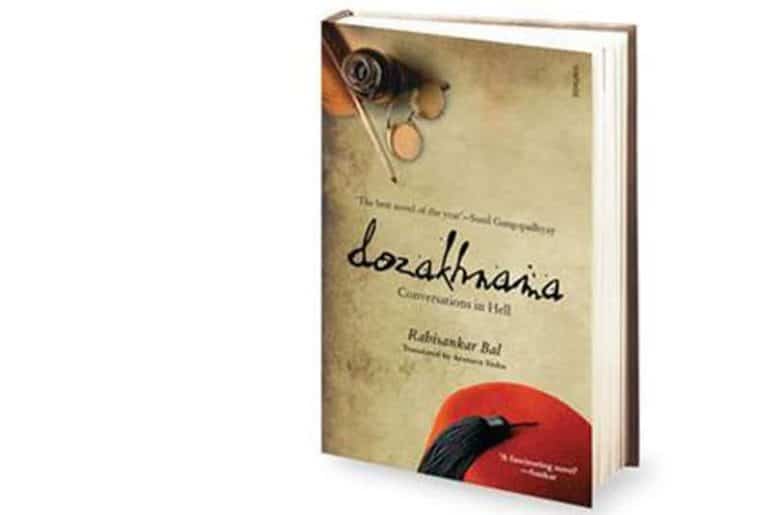



 1) The Satanic Verses
1) The Satanic Verses
 5) The Polyester Prince
5) The Polyester Prince
